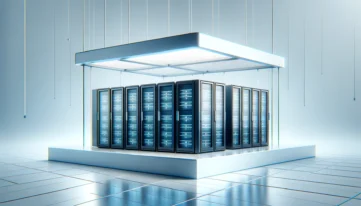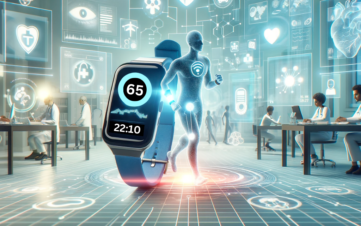As the Internet of Things (IoT) continues to develop and change, the future of IoT hardware is a particularly intriguing topic to contemplate. In the next five years, we may anticipate a lot of important developments and innovations in this field, with the emergence of new products and technologies that will influence the way we interact with our environment.
The development of wearable IoT devices is projected to see tremendous growth. These gadgets, which may be worn on the body or carried with you, are meant to monitor various elements of your health and fitness and provide alerts and messages about your environment. We can anticipate a proliferation of similar gadgets in the future, with new features and capabilities being introduced often. For instance, advancements in battery technology may result in greater battery life for wearable IoT devices, allowing them to be used for longer periods of time without being recharged.

In the sphere of smart home gadgets, we are expected to witness tremendous progress as well. These gadgets, which can be remotely controlled via a smartphone or tablet, let you manage and monitor different parts of your house, including lighting, heating, and security. In the future, the number of smart home gadgets will likely explode, and new technologies will make it even simpler to operate and monitor your house remotely. For example, smart home gadgets may integrate more powerful sensors and processors, allowing them to respond more accurately and intelligently to your demands.
In the future years, the usage of IoT devices in industrial settings is also projected to increase significantly. By connecting industrial equipment and machinery to the internet, organizations may monitor and control their operations in real time, leading to enhanced efficiency and output. In the future, we may anticipate a greater selection of industrial IoT devices, as well as new technologies that will enable businesses to better use the internet’s power to drive their operations. For example, industrial IoT devices may contain more tough and sturdy hardware, allowing them to endure the severe conditions frequently seen in industrial applications.

Finally, one area that is anticipated to see major expansion in the next five years is the usage of IoT devices in transportation. From self-driving vehicles to linked public transit systems, the usage of IoT devices in transportation is destined to alter the way we move around. In the future, we may anticipate a proliferation of linked cars and transportation networks, as well as the emergence of new technologies that will make travel easier and safer. For example, transportation IoT devices may contain more advanced communication systems, allowing them to better interact and communicate with one another and with other transportation infrastructure.
In general, the future of IoT hardware is promising, with new gadgets and technologies constantly developing. From wearable gadgets to smart home devices, industrial IoT devices, and linked transportation systems, there are innumerable fascinating innovations on the horizon. As the Internet of Things continues to expand and improve, it is evident that the hardware options for IoT are nearly unlimited.










